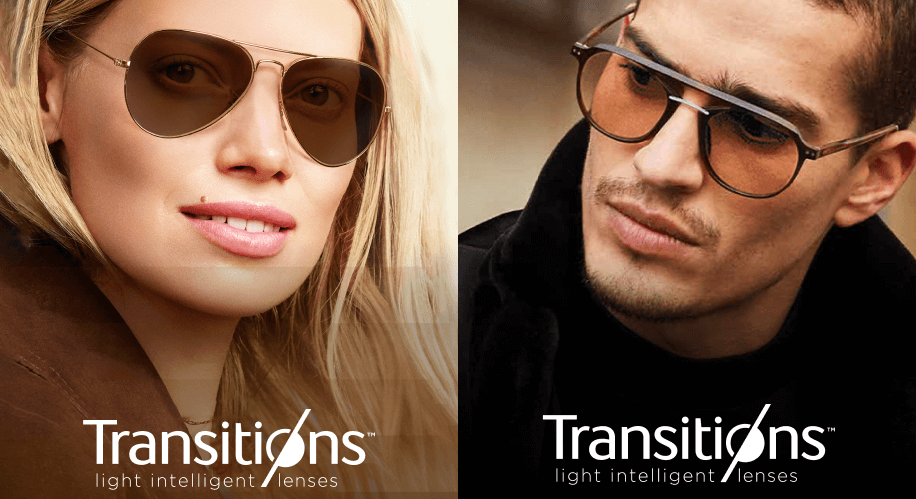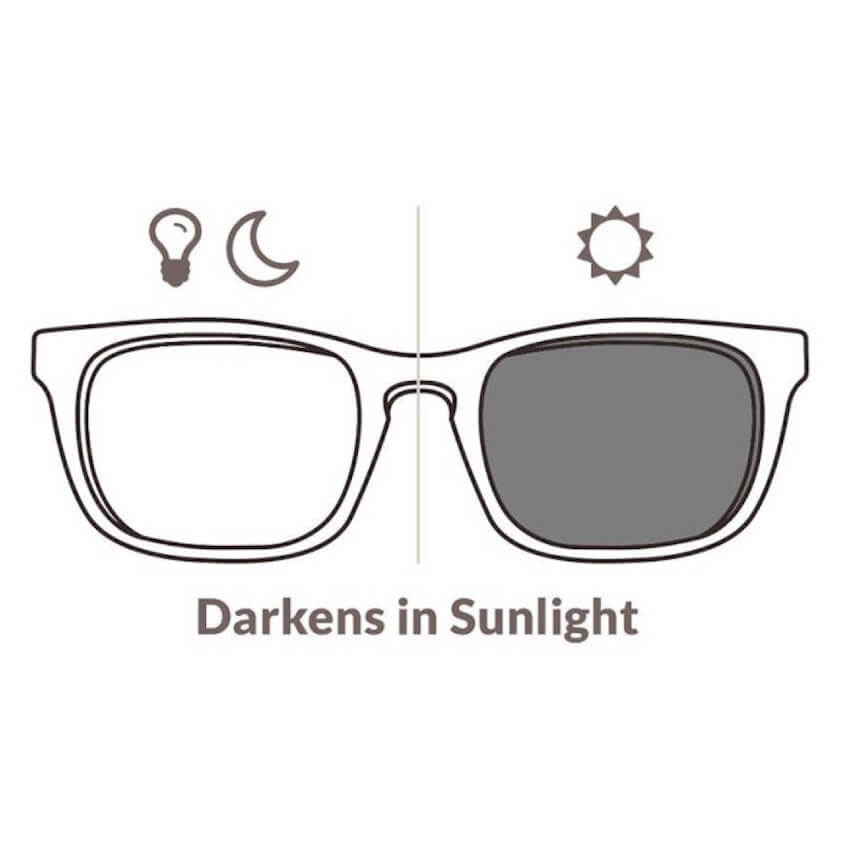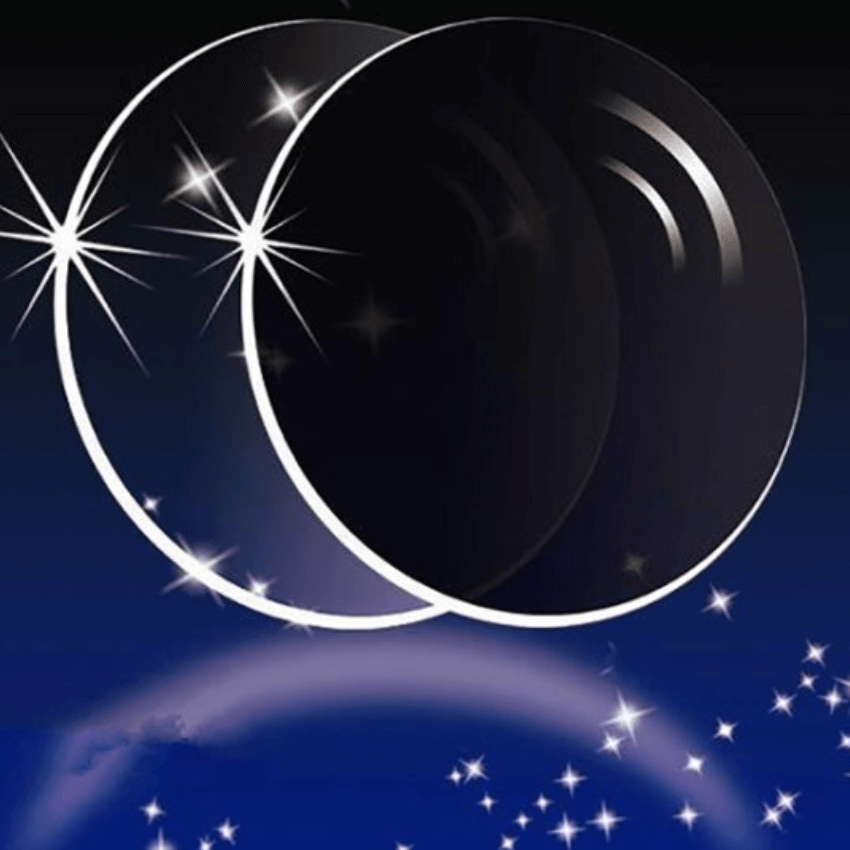Understanding the New Colors of Transitions Lenses
- BY Steven Lee
- IN Lenses

Transitions®, or photochromic lenses, have revolutionized the eyewear industry by offering a two-in-one solution: clear eyeglasses that transition to sunglasses upon UV exposure. While the traditional gray and brown options have been favorites, recent innovations have introduced new, vibrant color schemes. Let’s dive into these fresh hues and understand why they might look a tad different.
The Classic Hues: Gray and Brown
For years, gray and brown have dominated the transition lens market.
- Gray: Offers neutral color perception, ensuring no color distortion. It’s preferred by those who want their surroundings to remain true to color, even in its darkened state.
- Brown: Enhances contrast and depth perception, making it ideal for overcast conditions or activities where color distinction is crucial.
The New Entrants: Amethyst, Emerald, and Sapphire
The latest colors are more than just aesthetic choices; they have specific optical benefits too.
- Amethyst: This purple hue offers a unique blend of gray and brown benefits. It provides neutral color perception while also enhancing certain color contrasts.
- Emerald: A green shade, this color optimizes natural vision, enhancing clarity and contrast without being overly dark.
- Sapphire: This deep blue option maximizes color contrast, particularly in lower light conditions, making it ideal for late afternoons or cloudy days.

Why They Might Look Different
Transitions lenses adapt to UV exposure, so their color intensity changes based on light conditions. However, there are a few reasons the new colors might look slightly different than you’d expect:
- Base Lens Color: The original color of the lens can influence the perceived shade of the transition color. For instance, a slightly yellowish clear lens might make the emerald hue appear differently.
- Lens Material: Different lens materials react uniquely to the photochromic treatment. Polycarbonate lenses might showcase a slightly different hue than high-index lenses.
- Coatings: Anti-reflective coatings, UV coatings, or other treatments can subtly alter the lens’s appearance, especially in its clear state.
- Age of lens: Newer lenses tend to take longer to get to their darkest state and will get dark quicker over time.
Embracing the Change
While the classics remain popular, these new shades offer a fashionable alternative, coupled with unique visual advantages. Whether you’re selecting a lens for style or function, understanding the nuances of these new colors can ensure you’re making an informed choice.
Embrace the colorful future of transition lenses and experience the world in a new, vibrant light!
About the Author: Dr. Steven Lee
Dr. Steven Lee is a visionary leader in the eye care and telemedicine sectors and has built a remarkable career by combining his formal training in eye care, engineering expertise, and a passion for innovation. Dr. Lee serves as Zenni’s the Head of Optical Product.



